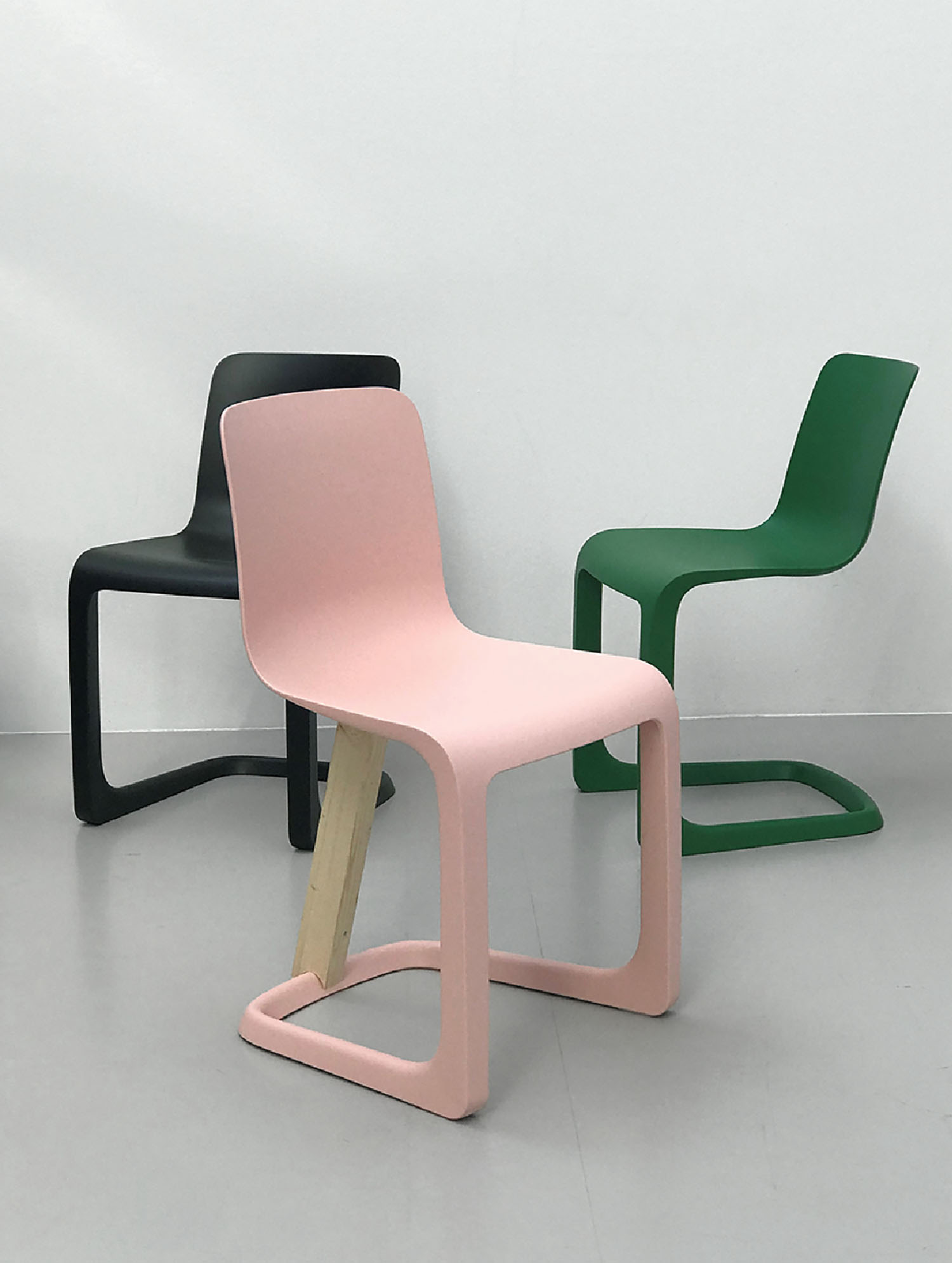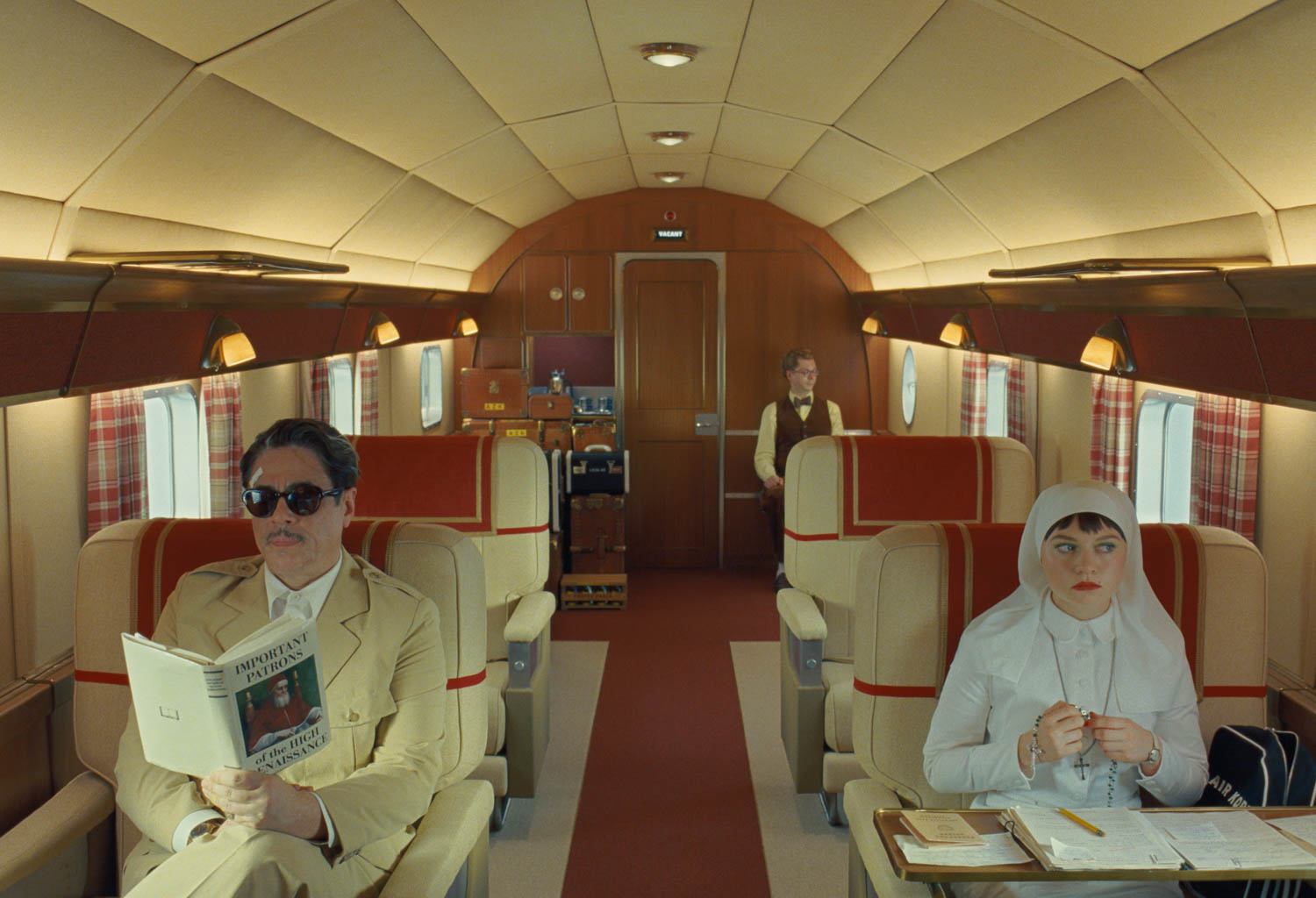Love at First Sight: Todd Oldham Explores His Fascination With Alexander Girard
Flying out of Braniff International Airways’s groovy Terminal of?the Future at Dallas Love Field, a little boy emerged forever changed. That boy grew up to be fashion and furniture designer Todd Oldham, who still feels an intense creative connection to Braniff’s mastermind, Alexander Girard. “We’re talking a Da Vinci level of genius,” Oldham says. “I couldn’t cram it all into 672 pages.” He certainly tried. Alexander Girard, a monograph for AMMO Books, overflows with photographs and essays in an attempt to do justice to a massive talent.
Oldham, whose mother is friends with a former Girard assistant, secured a personal invitation from his son and grandson to dig into the archives, housed at the Vitra Design Museum in Weil am Rhein, Germany. There were mountains of boxed fabric swatches, jars of rocks and seed pods, and a collection of string scraps—Life?magazine had nominated him “the country’s most noted clutterbug.” Oldham is quick to point out, however, that this is more in the sense of an obsessively organized archivist than a reality-TV nightmare: The collections are carefully categorized. Call them a mother lode of creative ferment. His coauthor, Kiera Coffee, who had known about Girard primarily from the textiles reissued by Maharam, speaks for the entire group when she says, “I had no idea what I was getting into.” A portrait emerged over months of detective work. Even for an overachiever, Girard was uncommon. If his early sketches resemble glam Gio Ponti, that might be partly because Girard was half Italian, raised in Florence and known as Sandro to?his friends. He eventually spoke eight languages and, when he?decided to become an architect, got himself licensed in three countries. He worked nonstop, some would say obsessively, generating armloads of textiles, typefaces, radios, and lightbulbs as?well as furniture and interiors, most notably La Fonda del Sol restaurant in New York. Interior Design Hall of Fame member Jack Lenor Larsen calls Girard a “magician and fairy godfather.” And he still had time, somehow, for impishly charming the likes of Georgia O’Keeffe, Charles and Ray Eames, and Eero Saarinen.
After the job designing radios, for Detroit’s Detrola Corporation, he went over to Zeeland, Michigan, in 1952 to helm the textiles division at Herman Miller. That’s where he started flexing his muscle as a highly nontraditional colorist. Spicy, unexpected shades from Latin America and Asia defined the mid-century as he envisioned it. When he placed crimson upholstery on top of hot-pink rugs, naturally people noticed. “In Mr. Girard’s world,” Oldham says, “fuchsia was a primary color.” Oldham’s own New York living room features a Girard love seat produced by Herman Miller for?just one year, 1967, and covered in forest-green tweed with?cream rubber welting, plus cushions striped in aquamarine and lime. Throw in a dash of acid yellow if you dare. Irrepressibly, Girard often did.
His personal sense of fun extended to sculpting, with bits of bread, at the dinner table. He doodled in notebooks. He played with dolls, carving and painting them for his children. (In 2007, Vitra put the dolls into production.) The handmade took center stage professionally when he opened the avant-garde Herman Miller store, Textiles and Objects, in New York in 1961. A wing at the Museum of International Folk Art in Santa Fe, New Mexico, now holds more than 100,000 craft-related Girard objects. Never mind his provocative statement that “interior design is really a slow-motion movie of junk changing position.” Whatever the medium, he always achieved joy, balance, and harmony. His heavily patterned curtain fabrics scrunched and draped without confounding the eye. “Fashion designers know that fabric isn’t always used in a flat way. Mr. Girard did, too,” Oldham notes. Cue the photo of Lauren Bacall wearing soigné cigarette pants cut from a Girard check.
Like the best designers of fashion or furnishings, Girard had supreme confidence in his own taste. “If he found something meaningful, he trusted that it had a larger connection to cultural meaning,” Coffee says. But there is one area in which the master did not excel, self-promotion. His heirs are remedying that by strengthening partnerships with Herman Miller, Maharam, and Vitra to bring signature products to market. Oldham is lending a hand by spreading the message to audiences including attendees at Interior Design’s Giants of Design conference in Palm Springs, California. Back in New York, talking to students at Brooklyn’s Pratt Institute, he ended a slide lecture with a very personal appeal: Let’s get all this stuff back in production!


